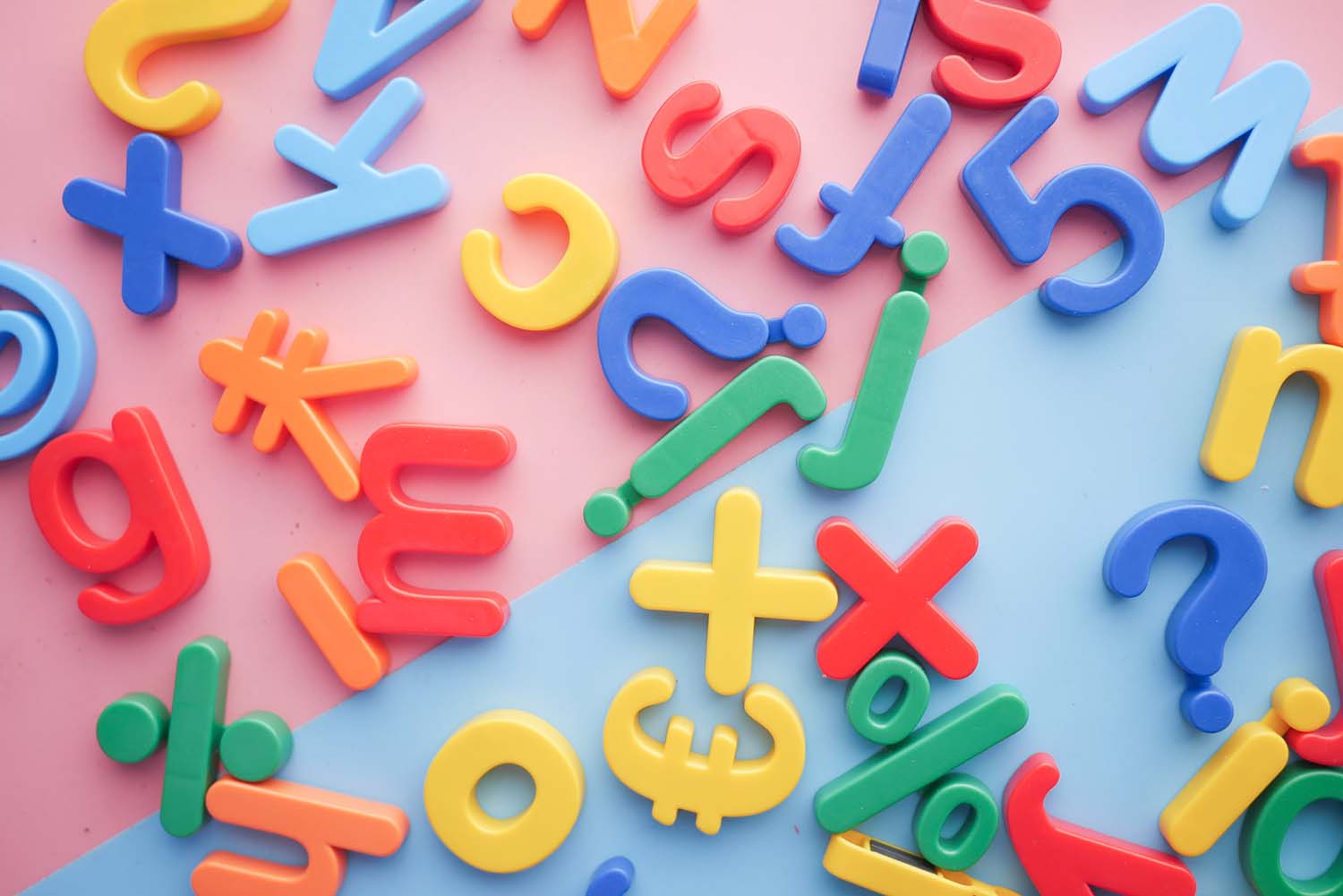When people hear the word ‘synesthesia,’ usually the concept of sounds being associated with colours comes to mind. While it is by far the most common definition of the term, it is definitely not the only one. There are a variety of different types of synesthesia that you might not know about. This article will go over some of the ones that are currently the most researched, so you can have a better understanding of how diverse this phenomenon can be.
What Is Synesthesia?
For those who are unfamiliar with synesthesia and what it truly entails, it’s simply a perceptual experience that occurs when a stimulus. Think about hearing a sound or seeing a letter or number that causes a response in different sensory pathways in the brain.
Usually, this involves seeing colours tied to the aforementioned stimuli. However, there are other interesting ones too. Also, synesthesia, in general, is pretty rare, but certain ones are more common than others. You’ll learn about many of them through this article.

Photo, Towfiqu Barbhuiya.
1. Grapheme-Color Synesthesia
A grapheme is a term that refers to the smallest unit in a writing system. It’s possible for people to associate things like letters, words, and numbers with specific colours. For example, someone might connect the number five with the colour red or the letter G with blue. This is known as grapheme-color synesthesia. It’s actually one of the most common forms that people experience.
2. Chromesthesia
Another frequently-reported form of synesthesia involves seeing colours in association with sound, especially music. Chromesthesia is usually what people automatically think of when the term synesthesia comes up, when in fact, it’s just one of many. Nonetheless, it’s a very fascinating phenomenon that has links with other abilities, such as perfect-pitch.
3. Lexical-Gustatory Synesthesia
Did you know that, for some people, certain words can have a taste to them? Whether it’s reading, hearing, or saying them, these words can evoke distinct tastes that can be completely unrelated to one another. For example, someone with lexical-gustatory synesthesia, which is one of the rarest forms, might taste chicken when dealing with the word ‘car’.

Photo, Romina Farías.
4. Auditory-Tactile Synesthesia
While hearing sound is well-known to produce colours in the minds of a lot of synesthetes, it is also possible for them to experience sensations on their body when hearing them. This isn’t the same as having goosebumps when listening to music that moves or impresses you. Rather, people can feel tingling, pressure, or a change in temperature. These are just a few of the possible sensations that can happen to people with auditory–tactile synesthesia.
5. Spatial Sequence Synesthesia
The type of synesthesia known as the spatial sequence is most frequently associated with numbers. However, it can also apply to letters and words too. People with this synesthesia can visualise things like the time and date in the physical space around them. Furthermore, it’s believed that those with it can have a stronger sense of memory than those who don’t have it.
6. Mirror-Touch Synesthesia
One of the most unusual forms of synesthesia involves feeling like someone’s touching you without it actually happening. With mirror-touch synesthesia, one can simply witness someone else being touched and have the same sensation on their own body. It’s also worth noting that people with this kind of synesthesia can have higher levels of empathy for others due to mirror neurons being heavily-involved.

Photo, @chairulfajar_.
7. Misophonia
Have you ever been angry or irritated by certain sounds, especially ones that come from the mouths of others or repetitive ones like clicking and tapping? Then it’s possible you have misophonia. This, believe it or not, this is another of the several types of synesthesia. Some people can have mild symptoms of this, whereas others can become visibly distressed to the point where they want to avoid noises that trigger them.
8. Number-Form Synesthesia
People with number-form synesthesia can involuntarily visualise numbers in a sequence in their minds. Therefore, they can create a mental map whenever they think of numbers. It shares some similarities to spatial sequence synesthesia discussed earlier, and it’s also one of the rarest and under-researched forms out there.
9. Ordinal-Linguistic Personification
Ordinal-linguistic personification, or simply OLP or personification for short, is a type of synesthesia that involves associating personalities or genders to letters, numbers, or words. For example, someone might automatically consider the letter Q to be friendly and playful or the number 2 as a sophisticated female.

Photo, Anthony Tran.
10. Olfactory-Visual Synesthesia
For some people, colours can be tied to specific scents and vice-versa. Some scents can produce colours in their minds. For instance, the smell of gasoline might trigger a blue-ish purple colour. Sometimes it can also create shapes too, and all of these things can help contribute to a stronger ability to perceive odours.
Where To Learn More About Synesthesia
Even if you don’t have synesthesia yourself, it’s still an incredibly interesting subject for a lot of people, and if you’re looking to find more information about this topic and have more of your questions answered, BetterHelp has additional in-depth articles on synesthesia, like this one, for you to enjoy.
Additionally, suppose you have synesthesia, and you think that it’s unhelpful or possibly annoying or distressing, such as with misophonia. In that case, you can also reach out to a counsellor or therapist who can help you learn how to cope better with synesthesia.
On the other hand, if you are unsure if you have some form of synesthesia, you can consider finding tests that can help determine that you might have it. We can always learn something new about ourselves each day, even if it’s been with us forever, like synesthesia.
Conclusion
As you can see, there are many types of synesthesia. It can be a diverse phenomenon and manifest differently across different individuals. In fact, despite these being some of the most well-known types of synesthesia out there, this list is definitely not exhausted, and it’s estimated that there can be anywhere from 60 to 80 different types, and many of them have not been researched yet. Nonetheless, hopefully, this article has opened your mind to how synesthesia can affect others by crossing different senses.
Marie Miguel has been a writing and research expert for nearly a decade, covering a variety of health-related topics. Currently, she is contributing to the expansion and growth of a free online mental health resource with BetterHelp.com. With an interest and dedication to addressing stigmas associated with mental health, she continues to specifically target subjects related to anxiety and depression.








